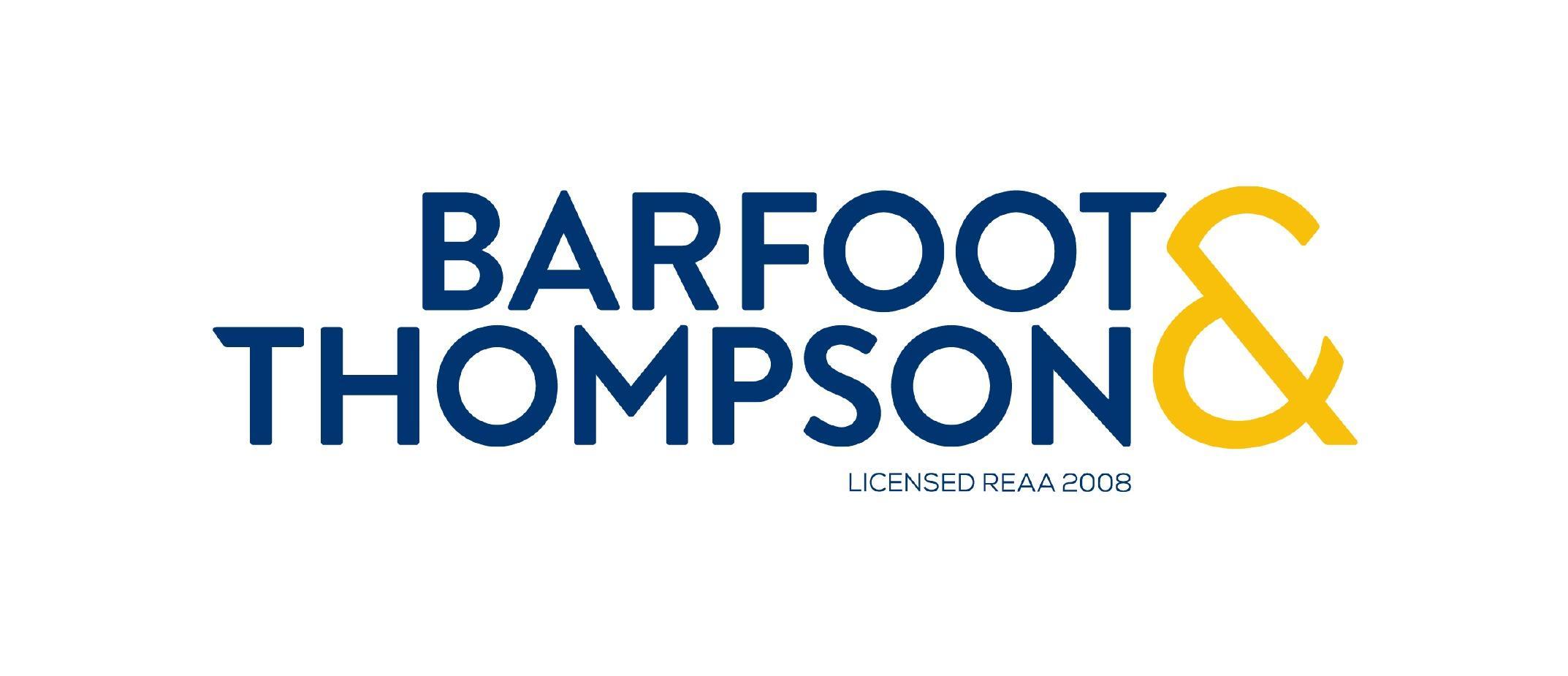The Tribunal, historically, has certainly not shied away from enforcing elements of the HIR especially as it relates to dampness. Increasingly, however,
we are seeing it being relied on in decisions pertaining to deficient heating. For the time being, the HIR appears to be the standard-bearer of heat
provision in residential tenancies. Whether this is a foreshadowing of the eventual HHGA is yet to be known. At the very least, it is undoubtedly a reflection of the current political climate
one such compliance issue landlords could do well to pay attention to if Tait and Hanara v Property Brokers Ltd [2018] NZTT Whanganui 4136750 is anything to
go by.
In Tait, the tenants allege, amongst other things, a lack of heating and seek compensation on that basis. At some point in time, the original
heater supplied by the landlord became defective and eventually disconnected with no alternative source of heating provided by the landlord. Despite
requests to remedy, the landlord had been “unresponsive”.
and specifically on clause 6 of the HIR mandating “[e]very living room [to] be fitted with a fireplace and chimney or other approved form of heating.”
Any chattel supplied at the start of the tenancy should be replaced on a like for like basis throughout the entire tenancy. A heater that breaks down
during the tenancy has to be replaced at the landlord’s cost. Safe to say, establishing a breach in this instance is straightforward enough.
exemplary damage was handed down by the adjudicator. The statutory maximum in this instance is $4,000. The adjudicator considers the seriousness of
the breach, the deliberate nature of the landlord’s neglect (by being unresponsive to repair/replacement requests) and scales back slightly to reflect
the relatively low weekly rent.
Take home from Tait
- There is no definitive rule requiring landlords to provide a form of heating in all rental properties across the country. The requirement under the
HIR is for a fireplace and chimney or other approved form of heating to be fitted into every living room. If a local council does not have a list
of ‘approved form of heating’ then a power plug for tenants to plug their own heaters into will suffice. It appears that the Auckland Council does
not have such a list to date; - “The Tenancy Tribunal may consider this requirement met where the landlord has provided an inexpensive plug in heater (or similar) if the local council
does not have a list of approved forms of heating under these regulations. You can help provide a warm comfortable home by making sure the house
has enough power points for your tenants to plug in their own heaters.” (source: tenancy.govt.nz);
- Nevertheless, we suggest landlords install energy efficient and clean burning forms of heat sources such as a heat pump whenever practicable. Supplying
your form of heat source lowers the likelihood of damp-causing gas heaters from being used at your property; - If a heater is supplied at the start of the tenancy then it is on the landlord to keep it in good repair throughout the tenancy;
- Responding to service requests is not optional, ‘deliberate neglect’ can be inferred otherwise;
- Exemplary damage can be awarded even if it is not applied for.













Add Comment